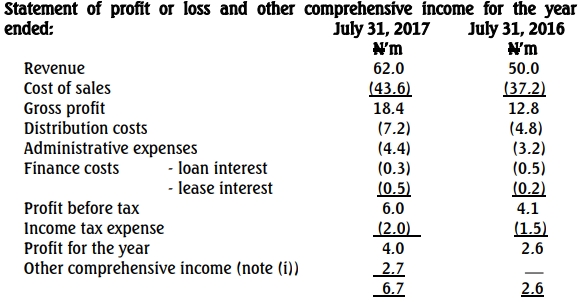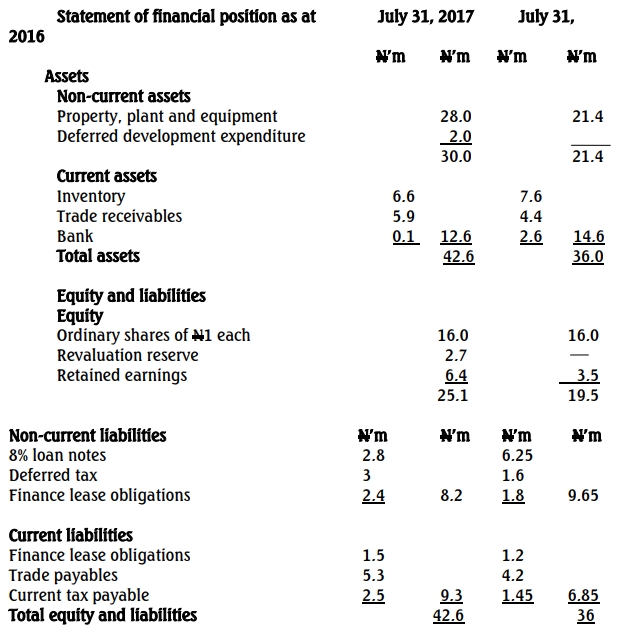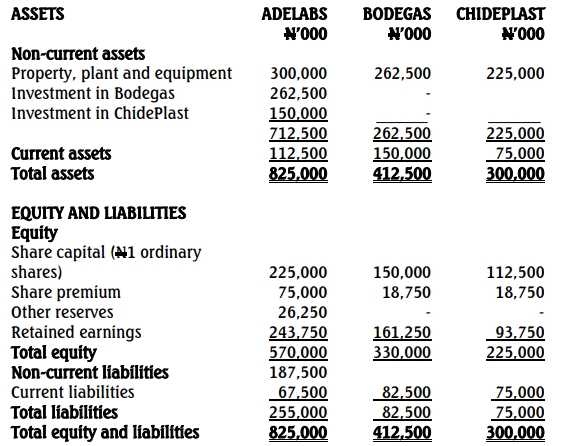ROC Company Plc. manufactures aluminium (stainless) household equipment. Its plant is located by Alobe river, which is the source of water for the community. The company currently has the largest share of the market on the West African Coast and plans to expand its operations to East African and South African markets.
At the 26th Annual General Meeting (AGM), shareholders approved the appointment of Adeola & Partners as External Auditors to the company. The Managing Partner of Adeola & Partners, Sir Segun Adeola, is a nephew of the Managing Director of ROC Company Plc. The appointment of Adeola & Partners as External Auditors to ROC Company was facilitated by the Managing Director, who did not disclose his relationship with Sir Segun Adeola to the company’s board.
At a recent board meeting, the Managing Director of ROC expressed concern that so much resources were expended towards satisfying the interest of the community at the expense of the company’s shareholders. According to him, shareholders are the primary stakeholders of the company, and their interest should be given the highest priority. He further opined that although other stakeholders are important to the company but only to the extent that ROC needs them. Consequently, the board resolved that henceforth, the company should not spend more than 0.5% of its Profit After Tax (PAT) on other stakeholders.
At the peak of the company’s production cycle, one of its underground waste tanks ruptured, and a large quantity of chemical waste leaked into Alobe river. This led to the destruction of aquatic life and contamination of neighbouring farmlands. This catastrophic event devastated the community as many farmers and fishermen lost their sources of livelihood. The community’s major source of drinking water was also contaminated.
The leadership of Alobe River Community Association approached the management of ROC Company Plc. and requested them to pay huge sums as compensation to the affected people and also to construct ten bore holes for the community. The management, however, informed the community leaders that based on the resolution of their board, expenditure on the issue would be limited to only 0.5% of profit after tax at the end of the year, which was projected to be far less than the amount of compensation demanded by the community. As a result, all discussions with the leadership of the community broke down.
The youths of the community responded with a sit-in protest, leading to a blockade of the company’s gate and disruption of its operations. The board of the company is now seeking immediate and amicable resolution of this problem.
While this was going on, the company suffered a major fire outbreak in its second factory, destroying its main furnace, machines and a large quantity of its finished goods. Some of the workers were severely burnt while attempting to put out the fire at the factory’s major warehouse. This event culminated in production shutdown at the second factory and temporary disengagement of several skilled workers as well as some casual staff. Fortunately, the company is covered by comprehensive fire and workers compensation insurance policies with Nagode Risk and Life Assurance Plc.
Required:
a. As a Strategic Risk Consultant of ROC Company Plc. you are to evaluate the adequacy of the risk management processes, including its information and communication systems. (8 Marks)
b. Evaluate the company’s residual risks in contrast to the management’s risk appetite. (7 Marks)
c. Using the stakeholders theory, evaluate the Managing Director’s position. Are there other stakeholders important to the company? (9 Marks)
d. Identify and discuss the ethical issues involved in the scenario described above. (6 Marks)
Answer:



